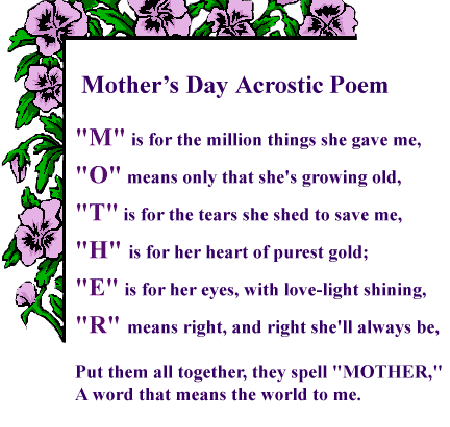Poetry is an important form of literary art in which the language is used in its aesthetic and evocative qualities in place of its apparent meaning. Learning about the poetic knowledge is all important for the students hoping to learn about poetry or a poet looking for new challenges. To understand the structure and rules for writing, reading, and analyzing poems, it is essential to have enough knowledge about the poetic forms. Poets, to express their thoughts with a particular rhythm and rhyme, use important poetic forms such as placing restrictions on the number of words and syllables in a line, the number of lines in a verse and the number of verses in a poem. This use of contrived language makes the meanings somewhat obscure but yet students and readers find them mellifluous to read.
To understand the structure of the poem, it is essential to have a thorough knowledge about the different types of poems, which eventually help you to decipher the meaning. Some of the major poetic forms are given below.
The Acrostic Poem
It is perhaps one of the simplest poetic forms and almost everyone has written one without even realizing it. The acrostic poem is written by using the first letter of each line to spell out another, normally related word. For instance, the reader can discover a word by reading down the left margin. In most simple acrostic poems, this word may be the subject of the poem, i.e. when the student write descriptive words for each letter in ‘Mother’ on their ‘Mother ‘s Day cards.
The Concrete Poem
The concrete poem is also known as image poem. It is also simple form usually practiced in schools. In this form of poems, a single word is used repeatedly to create the shape of the object the word describes such as, the word ‘apple’ is written repeatedly in order to form the shape of an apple.
The Cinquain
This is pronounced as ‘Sink-Cane’ and consists of a single five line verse. The term is used after the French word for five. In this form of poem, each line has a particular number of syllable counts, i.e. two, four, six, eight, and two. There are many variations of cinquain poem: reverse cinquain and mirror cinquain. In reverse cinquain, the syllable count is two, eight, six, four, and two. The mirror cinquain is a combination of two five line verses, i.e. a cinquain and a reverse cinquain.
The Free Verse Poem
As the name suggest, it is a form of poem that allows the poet to create his/her own form. There are no hard and fast rules for this form but it should be coherent to readers.
The Ghazal
Ghazal is first introduced in 6th century and based on Urdu poetry. It consists of five to fifteen couplets, normally seven with a repetition of one or a few words at the end of each of the first two lines and the second line of each following couplet. In addition to this, the words before each refrain are rhymes or partially rhyme with each line of about same length or meter.
The Haiku
The Haiku is of Japanese origin. This is a three line poem with a strict syllable count for each line that is five, seven and five. The Japanese haiku were written in single line with three metered units. The haiku poetry conventionally has a seasonal reference (kigo).
The Limerick
Many people think of this poetry as an obscene poetic form, which is not the whole truth. The main purpose of this poetry is to be witty or humorous, which at times encourage the poets to be lewd. It is a five line poem with AABBA rhyming scheme.
The Sestina
The sestina or sextain is one of the most difficult poetic forms. It is a highly structured form with six six-line stanzas goes along one three-line stanza (tercet or poem’s envoy). In this form of poetry, the last word of each line is repeated in each stanza in an unusual but set order. For instance, if the lines in first stanza are numbered 123456, the second stanza will end with words 61524, third line will end with words 64125, the fourth with 532614, the fifth line with 451362 and the sixth line will end with words 246531. Similarly, the words 1 and 2 will repeat in the first line of the tercet, words 3 and 4 in the second line of the tercet and words 5 and 6 in the third line of the tercet.
The Sonnet
It is a fourteen lines poem with strict rhyming scheme. In literary form, we have two types of sonnet, i.e. an Italian sonnet or Petrarchan sonnet and a Shakespearean sonnet. An Italian sonnet contains eight lines with rhyming scheme of ABBAABBA followed by six lines rhyming CDECDE. The Shakespearean sonnet contains twelve lines with three alternating rhyming schemes followed by a rhyming couplet. The rhyming scheme is ABABCDCDEFEFGG.
The Villanelle
It is a poetic form with nineteen lines separated into five tercets (three lines each) and a quatrain (four lines). AB is the main rhyme for the poem which is repeated throughout. First and third lines of the first stanza produce the main rhyme, which then alternate as the third line of each following stanza, forming a rhyming couplet to end the poem with a quatrain.







